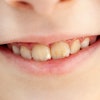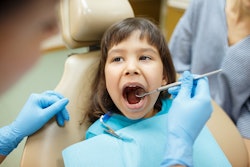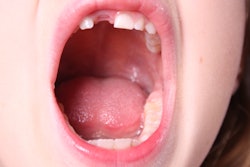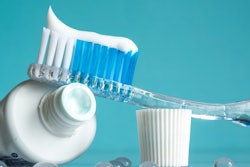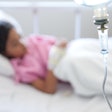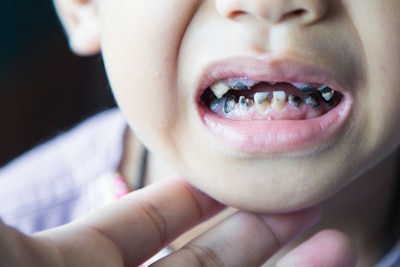
Children’s microbiomes in their dental biofilms play major -- and previously unrecognized roles -- in dental disease, according to research published recently in Nature Communications.
A team led by Dr. Kimon Divaris, PhD, of the University of North Carolina at Chapel Hill reported that dental caries in children are characterized by an imbalance in the oral microbiome and that certain previously unrecognized bacterial community members interact in complex ways in space and time that influence children’s risk of developing cavities.
The researchers collected clinical and biological data from 6,500 preschool-age children enrolled in public preschools in North Carolina. They also collected data from saliva samples to study children’s genomes, home water samples to measure fluoride concentration, and dental plaque samples to assess the oral microbiome.
Next, the team performed clinical, bioinformatics, and laboratory studies using dental plaque samples, including whole genome sequencing and RNA sequencing analyses.
In their analyses, the researchers identified 16 species of bacteria that are significantly associated with early childhood caries, including several new candidates. Among them, Streptococcus mutans (an established pathogen), Selenomonas sputigena, Prevotella salivae, and Leptotrichia wadei (as new candidates) were strongly associated with disease and were carried forward into comprehensive biofilm studies.
They also found that S. sputigena develops a cooperative interaction with S. mutans to exacerbate biofilm virulence, contributing to enhanced acidogenesis and aciduricity. Additionally, the team reported that S. sputigena acts as a pathobiont (an opportunistic microbe that appears when there are changes in a person’s healthy oral microbiome), which modulates biogeography, metabolic activity, and the pathogenicity of supragingival biofilms (Nature Commun, May 22, 2023, Vol. 14:1, pp. 1-19).
The researchers said they hope to study the already collected plaque samples from their most recent findings and follow up with participants for monitoring disease incidence, as well as identifying additional oral health and disease biomarkers.



